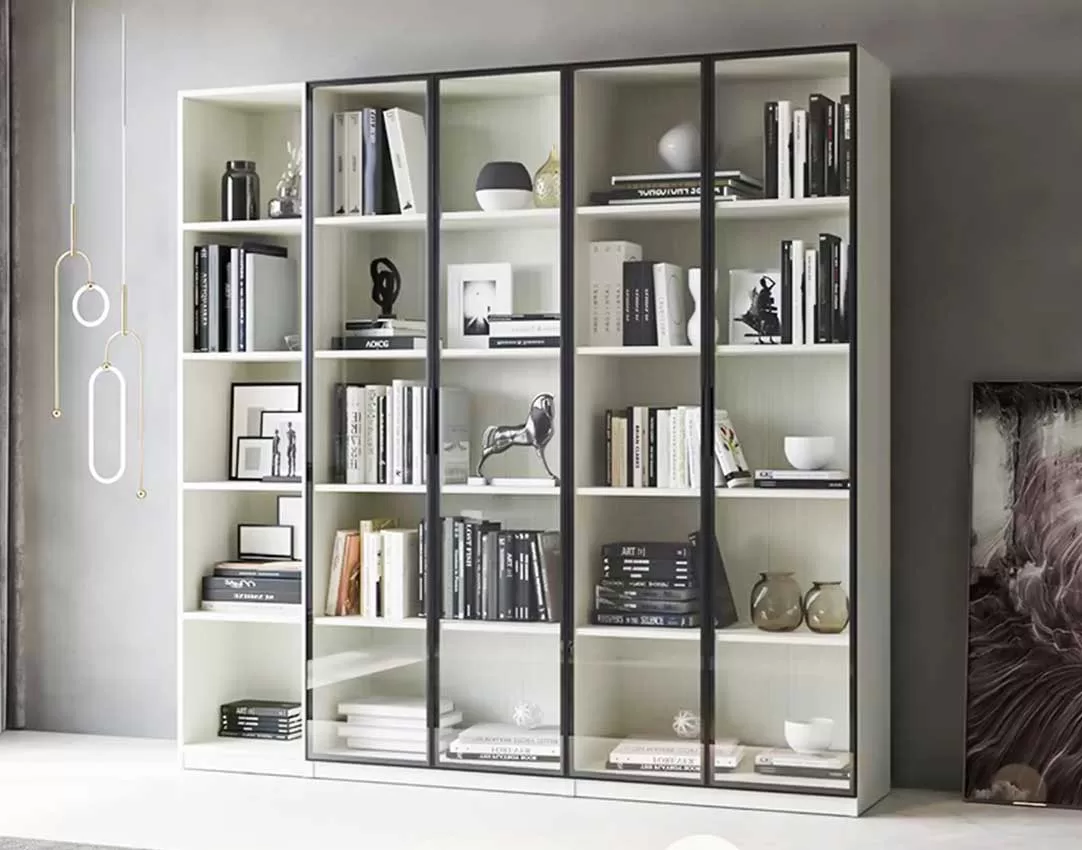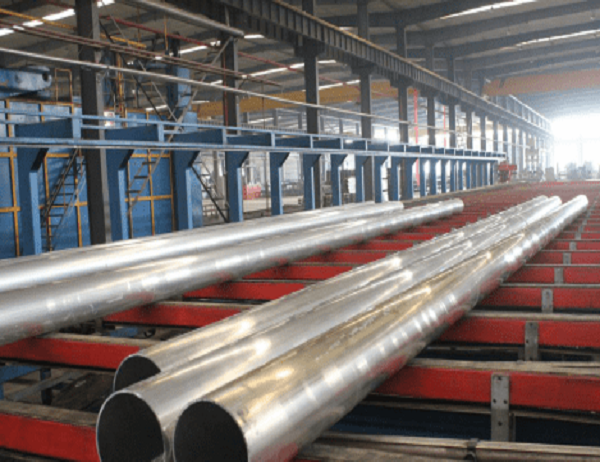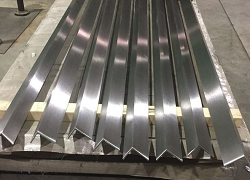Maximizing the Efficiency of Polished Aluminum Angle in Your Projects
Polished aluminum angle is a versatile material that offers numerous advantages for various construction and architectural projects. By optimizing its usage, professionals can elevate the efficiency and aesthetics of their designs. This article explores strategies to maximize the efficiency of polished aluminum angle, highlighting its unique properties and practical applications.
Durability and Corrosion Resistance
Exceptional Durability
Polished aluminum angle boasts exceptional durability, making it an ideal choice for applications where longevity and resilience are paramount. Its resistance to weathering, rust, and corrosion ensures its structural integrity over extended periods, even in harsh environments. This property eliminates costly and time-consuming maintenance, contributing to the overall project efficiency and extended lifespan of the structure.
Superior Corrosion Resistance
The polished aluminum angle’s corrosion-resistant surface forms a protective oxide layer that inhibits electrochemical reactions with water and other chemicals. This inherent resistance to oxidation allows it to retain its aesthetic appeal and structural integrity in coastal or industrial areas where corrosive elements are prevalent. As a result, it eliminates premature deterioration and prevents costly replacements, enhancing project efficiency and minimizing maintenance costs.
Versatility and Flexibility
Wide Range of Applications
Polished aluminum angle finds diverse applications in construction, architecture, and industrial sectors. Its adaptability makes it suitable for framing, cladding, signage, furniture, and various other applications. By leveraging its versatility, professionals can cater to specific design requirements and achieve desired aesthetics while maintaining structural integrity. This versatility eliminates the need for multiple materials and simplifies the construction process, enhancing project efficiency.
Easy Manipulation
Polished aluminum angle is highly ductile and malleable, allowing for easy forming and bending. This flexibility enables designers and builders to create intricate shapes and contours without compromising its structural strength. The reduced need for welding or other complex fabrication techniques allows for faster and more efficient fabrication, reducing overall project timelines and costs.
Weight and Strength
Lightweight and Strong
Polished aluminum angle is renowned for its impressive strength-to-weight ratio. Its lightweight nature simplifies transportation and handling, reducing logistics costs and facilitating efficient installation. Despite its low weight, it possesses exceptional strength, allowing it to withstand significant loads and stresses. This combination of lightness and strength optimizes project efficiency by enabling the use of smaller sections while maintaining structural integrity.
Reduced Structural Requirements
Due to its high strength, polished aluminum angle can often be used as a substitute for heavier materials, such as steel. By replacing heavier materials, it reduces overall structural requirements and the need for additional support systems. This lightweight construction approach reduces the strain on foundations and other structural components, resulting in more efficient design and cost savings.
Aesthetics and Reflectivity
Enhance Visual Appeal
Polished aluminum angle offers a sleek and sophisticated appearance that enhances the aesthetics of any project. Its smooth, reflective surface adds a contemporary and elegant touch to both interior and exterior designs. The high reflectivity of its polished finish can create stunning visual effects by reflecting light and surroundings, adding depth and dimension to spaces. This aesthetic appeal contributes to the overall ambiance and value of the project.
Natural Light Optimization
The highly reflective surface of polished aluminum angle can be strategically utilized to redirect and maximize natural light within a space. This reflectivity helps minimize the need for artificial lighting, leading to energy efficiency and a more sustainable project. By effectively distributing natural light, it reduces electricity consumption and creates a more comfortable and明亮的室内环境.
Conclusion
By maximizing the efficiency of polished aluminum angle, professionals can reap numerous benefits that enhance the quality and longevity of their projects. Its durability, corrosion resistance, versatility, and lightweight strength make it an ideal choice for various applications. By incorporating the strategies discussed in this article, designers and builders can optimize the usage of polished aluminum angle, resulting in more efficient, cost-effective, and aesthetically pleasing projects.



